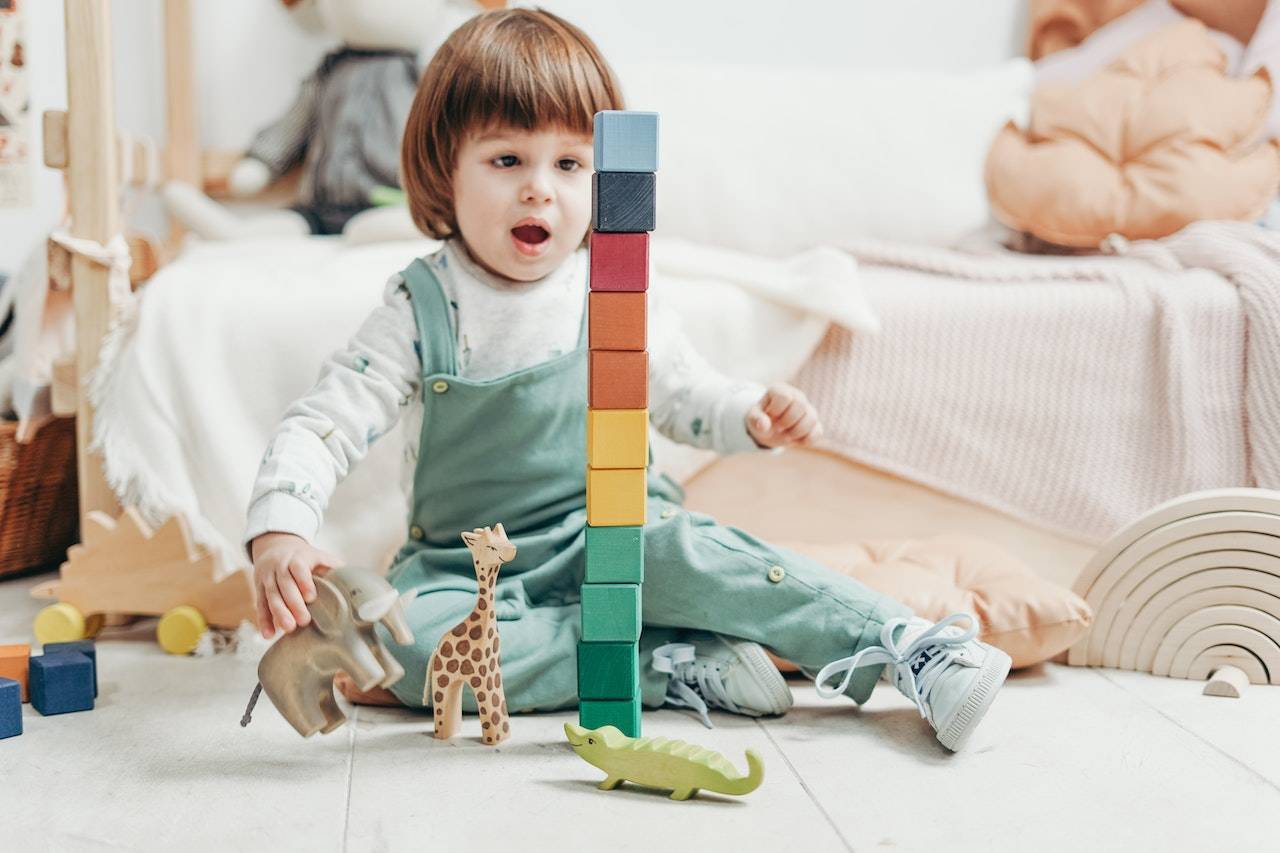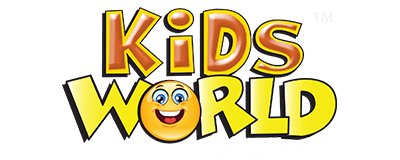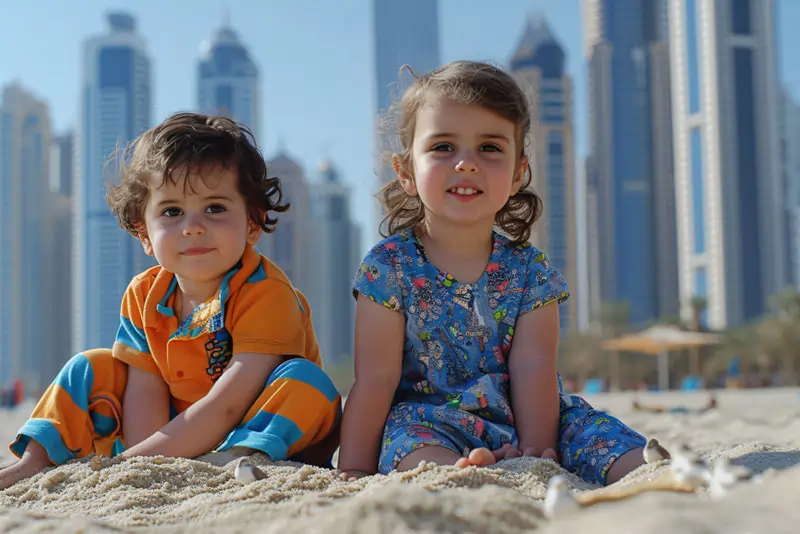Toy-Based Activities for Kids

Toys are an essential part of a child’s development, providing endless opportunities for play, learning, and imaginative expression.
If you’re the kind of parent who loves to have fun with her children, then you should definitely check out some toy-based activities.
This can include activities like building towers, planting seeds, and creating graphs. There are endless possibilities when it comes to Toy-Based Activities for Kids.
While many parents know the value of toys, it can be a challenge to come up with new and engaging ways to play with them.
That’s where this blog comes in! We’ve compiled a list of fun and creative toy-based activities for kids, designed to spark imagination, promote learning, and provide hours of entertainment.
From classic playtime favorites to more unusual and unexpected toy-based activities, we’ve got something for kids of all ages and interests.
So get ready to play, learn, and have fun with your child’s favorite toys!
How to make a toy-based activity?
Here are some steps to help you create a toy-based activity for kids:
- Identify the goals of the activity. Do you want to promote learning, physical activity, creativity, or some combination of these? This will help you choose the appropriate toys and design the activity.
- Select the toys. Choose toys that are age-appropriate, safe, and suitable for the goals of the activity. You may want to use a variety of toys to add interest and challenge.
- Plan the activity. Think about how you will use the toys to achieve the goals of the activity. Will you set up a structured activity or give kids more freedom to play and explore? Will you provide prompts or challenges for kids to complete?
- Prepare the space. Gather all the necessary toys and materials, and set up the activity in a safe and accessible area.
- Engage the kids. Invite kids to participate in the activity and provide guidance and support as needed. Encourage them to use their imagination and creativity as they play.
- Reflect and adjust. After the activity, take some time to reflect on how it went. What worked well? What could be improved? Make any necessary adjustments for future iterations of the activity.
What are some activities to do with toy cars?
Here are a few ideas for activities to do with toy cars:
- Set up a car wash: Create a car wash station using cardboard boxes, plastic containers, and sponges. Kids can wash their toy cars and dry them off with towels or clothes.
- Have a car race: Set up a race track using masking tape or other materials, and let kids race their toy cars against each other. You can even keep track of the races and award prizes to the winners.
- Play “Car Shop”: Set up a toy car garage using cardboard boxes or other materials. Kids can play “mechanic” and fix up their toy cars, using tools such as toy hammers, screwdrivers, and wrenches.
- Play “Traffic Jam“: Set up a cityscape using cardboard boxes and other materials. Kids can use their toy cars to navigate through the city, following traffic rules and avoiding accidents.
- Use toy cars in a sensory bin: Fill a large container with rice, beans, or other materials, and hide toy cars inside. Kids can dig through the sensory bin to find the cars and play with them.
Classic Playtime Favorites
Classic playtime favorites are toys that have been enjoyed by children for generations and are considered timeless classics. Some examples of classic playtime favorites include:
- Blocks: Building with blocks is a classic activity that helps kids develop fine motor skills, spatial awareness, and problem-solving skills.
- Dolls and action figures: Playing with dolls and action figures allows kids to engage in imaginative play, creating stories and scenarios with their toys.
- Cars and small vehicles: Kids love playing with cars and other small vehicles, racing them, and creating elaborate car tracks and garages.
- Board games: Board games are a classic playtime favorite that can be enjoyed by kids of all ages. They help kids develop strategy, social skills, and critical thinking skills.
- Puppets: Puppets allow kids to use their creativity and storytelling skills to put on puppet shows and plays.
- Play-Doh: Play-Doh is a moldable, squishable toy that allows kids to create all sorts of shapes and structures. It’s a classic playtime favorite that helps kids develop fine motor skills and creativity.
Educational Toy-Based Activities
Educational toy-based activities are activities that use toys to promote learning and skill development in children. Here are a few examples of educational toy-based activities:
- Counting and sorting: Use toys such as counting bears or counting blocks to help kids practice counting and sorting. You can also use toys such as sorting animals or colored beads to help kids learn about different colors and shapes.
- Pretend play and storytelling: Dolls, gnomes, action figures, and other toys that encourage pretend play and storytelling can help kids develop language skills, creativity, and social skills. Dolls and action figures are classic toys that encourage pretend play and storytelling. Kids can create their own stories and scenarios with their toys, acting out different roles and situations. A play kitchen and toy food can be used to encourage kids to pretend to cook and serve food, creating their own stories and scenarios.
- Fine motor skill development: Toys that require kids to use their hands and fingers in precise ways, such as lacing beads or building with small blocks, can help develop fine motor skills and hand-eye coordination. Play-Doh is a moldable, squishable toy that requires kids to use their hands and fingers to create shapes and structures. This activity helps develop fine motor skills and hand-eye coordination.
- Science experiments: Many toys, such as magnets or circuits kits, can be used to conduct simple science experiments and help kids learn about concepts such as magnetism or electricity.
- Reading and vocabulary: Toys such as flashcards or word building blocks can be used to help kids learn new words and improve their reading skills. Word building blocks are toy blocks with letters or words printed on them. Kids can use the blocks to build words and learn new vocabulary. Flashcards with words and pictures can be used to help kids learn new words and improve their reading skills. You can play games such as “Go Fish” or “Memory” using the flashcards to make learning fun.
- Math skills: Toys such as counting bears or number puzzles can be used to help kids learn basic math concepts such as counting and addition. Counting bears are small, colorful bears that can be used to help kids learn to count and practice basic arithmetic. Number puzzles such as number mazes or counting boards can be used to help kids learn to count and practice basic arithmetic.
Unusual and Unexpected Toy-Based Activities
Unusual and unexpected toy-based activities are activities that use toys in unexpected or creative ways, allowing kids to think outside the box and use their imagination. Here are a few examples of unusual and unexpected toy-based activities:
- Art projects: Many toys can be used as materials for art projects. For example, kids can use toy cars to make prints or use dolls and action figures to create stop-motion animations.
- Science experiments: Toys can be used to conduct simple science experiments and explore concepts such as gravity, buoyancy, and motion. For example, kids can use toy cars and ramps to investigate the laws of motion.
- Outdoor play and physical activity: Toys such as balls, frisbees, and hula hoops can be used for outdoor play and physical activity. You can set up an obstacle course using a variety of toys and challenge kids to navigate it.
- Sensory play: Toys can be used in sensory bins, filled with materials such as rice, beans, or water, to provide a hands-on, tactile play experience.
- Role-playing: Toys such as dolls and action figures can be used to encourage role-playing and imaginative play. Kids can create their own stories and scenarios with their toys, acting out different roles and situations.
- Music-making: Toys such as rhythm instruments or shakers can be used to make music and explore sound. Kids can create their own compositions and performances using their toys.
Conclusion
We hope you’ve enjoyed learning about these fun and creative toy-based activities for kids!
Toys are an essential part of a child’s development, providing endless opportunities for play, learning, and imaginative expression.
Whether you’re looking for classic playtime favorites, educational activities, or unusual and unexpected play ideas, there are endless ways to use toys to engage and entertain kids.
So don’t be afraid to get creative and try out some new toy-based activities with your child.
Play is an important part of childhood and can have a lasting impact on a child’s development.

